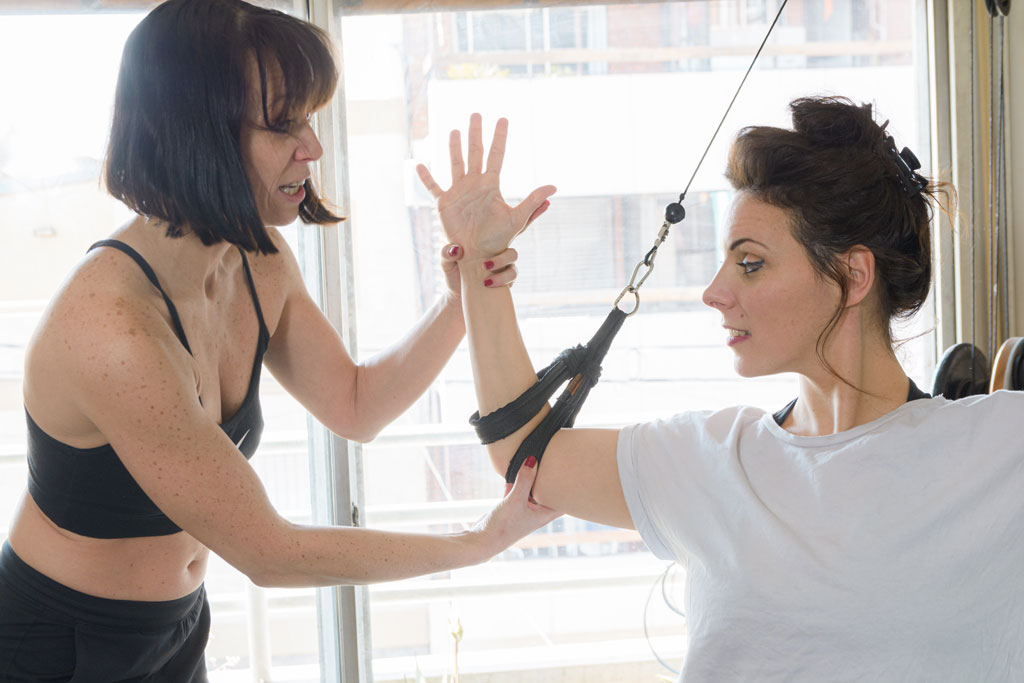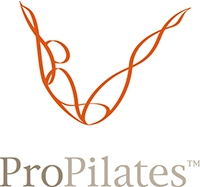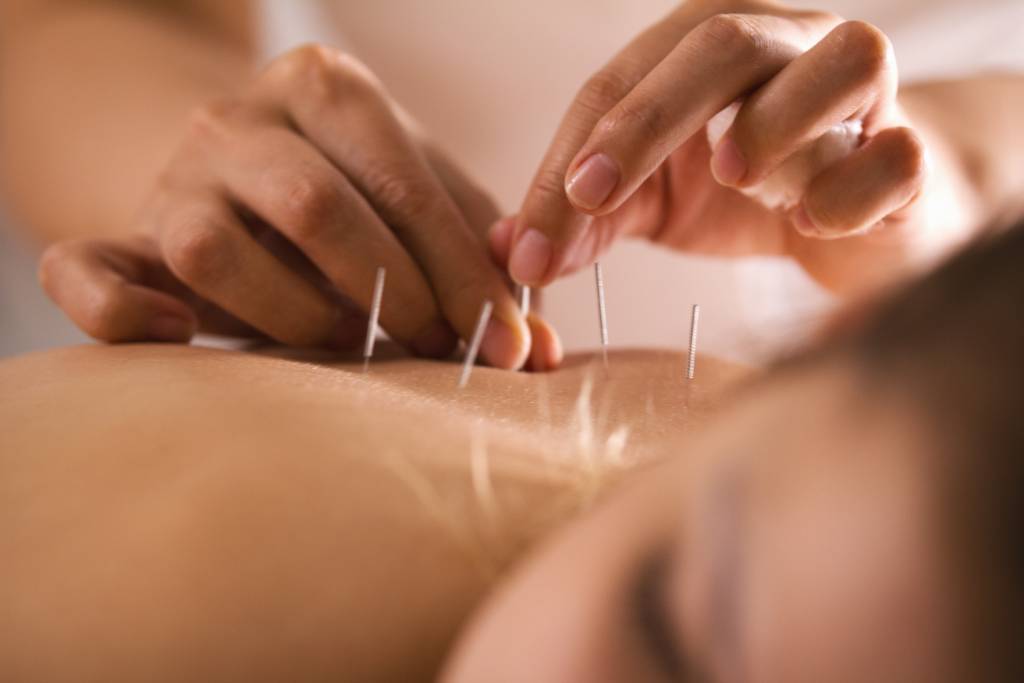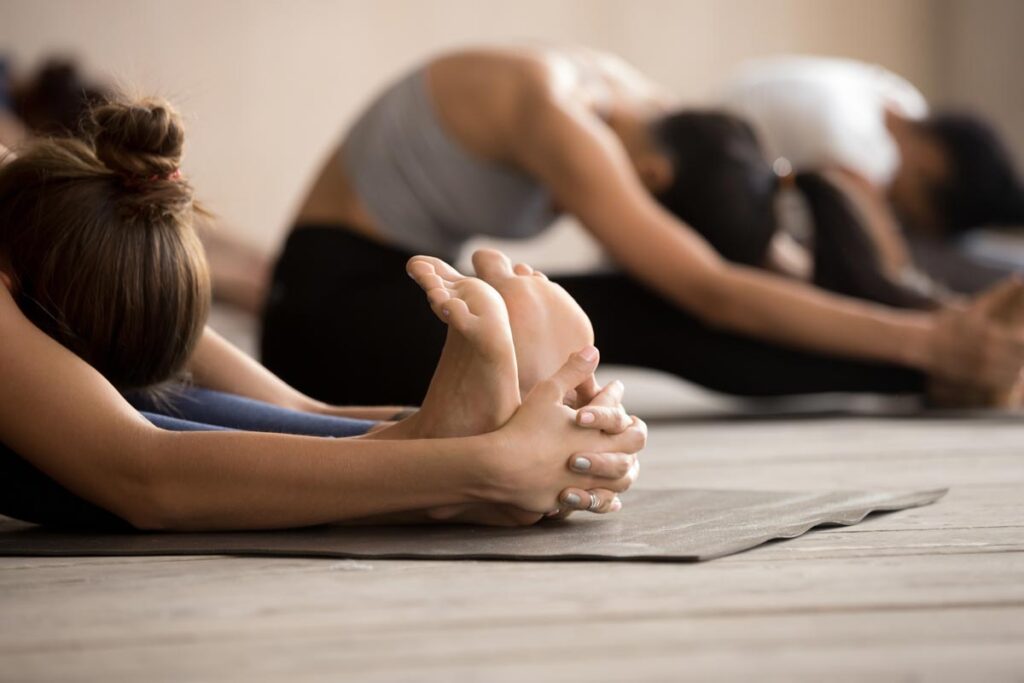Gyrotonics is a movement system growing in popularity throughout physical therapy practices. Physical therapy is often a standard treatment for improving mobility and strength after injury or a health condition. However, Gyrotonic movement offers a more holistic approach to the mind and body system, which physical therapy often lacks.
Read on to learn how Gyrotonic exercise can be used in physical therapy settings. Plus, how you can incorporate this movement system as a physical therapy
What Is the Gyrotonic Method?
The Gyrotonic Method is a unique movement system designed to activate larger muscle groups and joints through fluid, circular movements. Similar to Pilates, Gyrotonic exercises are performed using specialized equipment that incorporates pulleys and weighted cables. This equipment provides added support and resistance, making it adaptable for various fitness levels.
Gyrotonic therapy offers several benefits during physical therapy rehabilitation programs. The movement system’s benefits include enhancing range of motion, increasing strength and flexibility, and improving coordination.
If you have an injury or health condition that affects your joints or muscles, these benefits can help with rehabilitation and pain. Gyrotonic movements also help improve spinal health by decompressing the vertebrae. This can help improve spinal alignment and reduce pain.
How Is the Gyrotonic Method Incorporated Into Physical Therapy?
Physical therapists often become certified in Gyrotonic or partner with instructors to enhance rehabilitation programs. Here’s a look at how this movement system is used in physical therapy settings:
- Improve mobility: Research shows Gyrotonic exercises can effectively improve gait patterns (how you walk) in people who experience chronic lower back pain.
- Improve range of motion: The 3D spinal motion increases muscular strength and flexibility around the spine, which improves functional spinal motion and movement.
- Reduce pain: Research shows that Gyrotonic exercise helps improve trunk and lower back stability. This helps reduce chronic lower back pain.
- Improve balance and coordination: Gyrotonic movements like circles, spirals, and undulation curves mimic natural movements that help improve muscle strength and flexibility.
- Increase body awareness: Movements require breathing and contracting multiple muscle groups simultaneously. This helps achieve proper body alignment and stretches the body. This combination of breathing and muscle contractions brings a heightened awareness to movement and reconnects your mind and body.
Is Gyrotonic Good for Arthritis?
Gyrotonic’s gentle, flowing movements are ideal for individuals living with arthritis, sciatica, strain injuries, and osteoporosis. This movement system can help increase joint lubrication, reduce pain, and improve flexibility. Additionally, Gyrotonic exercises achieve movement without putting excessive stress on the joints, minimizing discomfort and potential for further damage.
What Does a Gyrotonic Workout Include?

Gyrotonic movements prioritize circular motions that resemble natural movements. This focus translates to more functional strength and flexibility gains. Traditional strength training or other physical therapy methods often don’t focus on natural movements to strengthen your muscles.
A physical therapist or Gyrotonic instructor will design a session tailored to your unique needs and limitations. The specialized equipment provides additional support and resistance during the exercises. Here’s a typical structure of a Gyrotonic session:
- Warm-up: A series of gentle spinal movements prepare the body for the workout, increasing blood flow and loosening up muscles.
- Flowing Sequences: Exercises transition into continuous, circular movement systems that target various muscle groups. These sequences may include arch and curl series, hamstring series, upper body series, and abdominal series. Breathing is crucial throughout these movements, promoting a connection between breath and muscle contractions.
- Cool-down: Gentle stretching movements help the body recover and unwind from the workout, promoting relaxation and improved flexibility.
How Often Should You do Gyrotonics?
Your goals and physical fitness level depend on how often you incorporate Gyrotonic exercise into a treatment plan. Typically, we recommend completing 2-3 sessions per week for the most benefit. Consistency is essential if you want to experience all the benefits Gyrotonic has to offer.
Is Gyrotonics Better than Pilates?
Both Gyrotonic and Pilates are valuable movement systems you can effectively integrate into physical therapy programs. Both can help improve stability, flexibility, and coordination. Determining which option is “better” depends on your individual needs and limitations.
Gyrotonic focuses more on circular spinal motions that move with your breath. Pilates emphasizes more core strength and stability, while also connecting to your autonomic nervous system through breath.
Gyrotonic exercises tend to be gentler and more adaptable, making them suitable for individuals with limited mobility. Additionally, the decompression of the vertebrae during specific exercises may offer more significant pain relief for some individuals.
Discussing both options with a Gyrotonic and Pilates specialist can help you determine the most beneficial approach for your recovery journey.
Start Your Recovery Journey with ProPilates
ProPilates offers a tailored Gyrotonic and Pilates program to provide a more holistic approach to physical therapy. Located in Fort Lauderdale, our Lifestyle Solutions Studio has incorporated the healing power of Pilates, Gyrotonic, and Acupuncture since 2000.
Our team of experienced instructors can incorporate Gyrotonic exercises into your personalized treatment plan, helping you achieve your rehabilitation goals. Through a Pilates or Gyrotonic therapy program, you can learn to restore your body’s optimal function and natural movement, while healing the mind and body.




